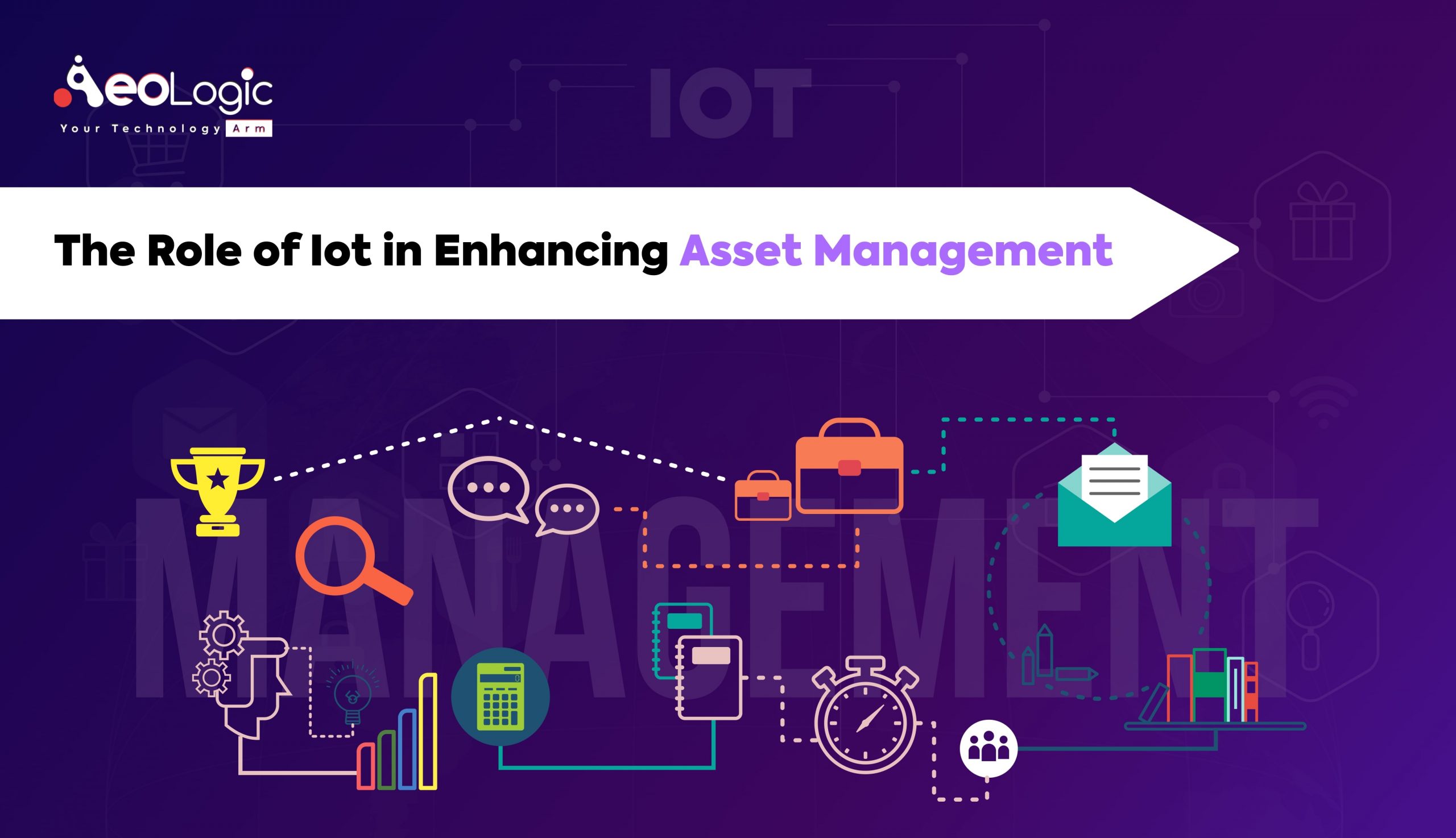In a world where efficiency is king, the role of IoT in asset management is revolutionizing how we track, control, and optimize our resources. We’re transitioning from manual checks and traditional spreadsheets to intelligent, interconnected systems that offer real-time insights. Imagine receiving immediate updates about your machinery health or your inventory status, directly to your handheld device! This, in essence, encapsulates the transformative power of IoT.
The prowess of the Internet of Things extends far beyond simple asset tracking. It serves as a catalyst, accelerating decision-making processes and fueling smart automation. As a result, it drastically boosts overall productivity and drastically cuts down on losses, offering a competitive edge in today’s aggressive market landscape.
The real magic unfolds when we delve into the role of the Internet of Things in Smart Manufacturing. This domain sees an even more pronounced impact, showing us the true potential of integrating IoT with industry-grade processes. Indeed, the role of IoT in asset management is shaping our industrial future in unprecedented ways.
The Power of IoT in Asset Management
The Internet of Things brings together diverse physical devices with Internet connectivity, enabling them to collect and exchange data. This robust network provides unprecedented visibility and control over assets in various sectors—manufacturing, healthcare, logistics, and many more.
According to a study by McKinsey, IoT could have an annual economic impact of $3.9 trillion to $11.1 trillion by 2025 worldwide, with asset optimization having a potential value of up to $2.3 trillion across industries. This clearly demonstrates the crucial role of IoT in asset management, pushing the boundaries of conventional methodologies.
Improved Asset Tracking
One of the most significant ways IoT impacts asset management is by improving asset tracking. Traditional asset tracking was labor-intensive and error-prone, leading to inaccuracies and inefficiencies.
- Real-Time Asset Tracking: IoT enables real-time tracking of assets, making it easier to manage and control them. Through IoT sensors and devices, businesses can remotely monitor the status and location of their assets, preventing loss and theft.
- Data Accuracy: IoT ensures that data is accurately captured and recorded. This eliminates human error and provides decision-makers with precise information about their assets.
Boosted Decision Making
IoT doesn’t just gather data—it also analyzes it. By presenting real-time, actionable insights, the role of IoT in asset management significantly boosts decision-making processes.
- Predictive Maintenance: IoT can predict potential equipment failures, allowing for preventative maintenance. This reduces downtime and saves on repair costs. According to a study by Deloitte, predictive maintenance could reduce maintenance costs by 5-20%, decrease downtime by 30-50%, and prolong machinery life by years.
- Resource Optimization: With IoT, organizations can effectively allocate resources, ensuring optimal usage. This reduces wastage and improves efficiency.
Also Read: RFID Asset Management Solutions for Your Operation
The Role of IoT in Asset Management: An Investment in the Future
Investing in IoT for asset management is a strategic move that offers long-term benefits. It’s not just about cost savings, it’s about reshaping operations to maximize productivity and ensure sustainability.
Cost Savings: The role of IoT in asset management leads to substantial cost savings. By reducing equipment downtime, minimizing asset loss, and optimizing resource utilization, IoT reduces operational costs significantly.
Enhanced Productivity: IoT systems provide comprehensive insights into asset performance. This helps identify bottlenecks, streamline workflows, and ultimately, boost productivity.
Sustainability: IoT can help companies make environmentally conscious decisions by providing data on energy consumption and waste production. This promotes sustainability while also satisfying increasingly stringent regulatory requirements.
How Does an IoT-based Asset Monitoring Solution Work?
An Internet of Things (IoT)-based asset monitoring solution is a dynamic, interconnected system that uses a combination of hardware devices, software, and network connectivity to track, monitor, and manage assets. Here is a simplified overview of how it works:
Step 1. Sensors: IoT solutions for asset monitoring start with the use of sensors or other data collection tools attached to the assets. These sensors can track a multitude of factors, such as location, temperature, vibration, humidity, pressure, etc., depending on the type of asset and its specific monitoring requirements.
Step 2. Connectivity: The sensors then transmit this collected data over a network (usually wireless) to a central system. This could involve various communication protocols like Wi-Fi, cellular networks, Low Power Wide Area Networks (LPWAN), Bluetooth, Zigbee, among others.
Step 3. Data Processing: Once the data arrives at the central system, it’s processed and analyzed. This might involve a local server or cloud-based data processing. Advanced systems will employ data analytics, machine learning, or AI algorithms to interpret the data and derive meaningful insights.
Step 4. Interface: The results of the data processing step are then displayed on a user interface. This could be a dashboard on a computer or mobile device that visualizes data and provides actionable insights. It may show the real-time location of assets, give alerts about potential equipment failures, or provide reports about asset utilization.
Step 5. Action: Based on the insights provided, decision-makers can then take appropriate action. This could range from scheduling preventive maintenance for equipment showing signs of potential failure to reallocating assets for optimal utilization.
An IoT-based asset monitoring solution works by collecting data from IoT sensors on assets, transmitting and processing that data, and then presenting actionable insights to the user. This provides comprehensive, real-time visibility of assets, enhances decision-making, and leads to improved operational efficiency.
Also Read: RFID for Asset Tracking and Inventory Management
Final Words
The role of IoT in asset management is just beginning to unfold. As technology advances and adoption increases, the potential benefits will continue to grow. By integrating IoT, businesses can track assets in real-time, make data-driven decisions, increase productivity, and promote sustainability—all while cutting costs. The future of asset management undoubtedly lies in the transformative power of the Internet of Things.
Keeping your fulfillment process steady is made easier with the use of IoT technology for effective asset management. Get in touch with Aeologic Technologies right away to see how RFID can benefit your company.









